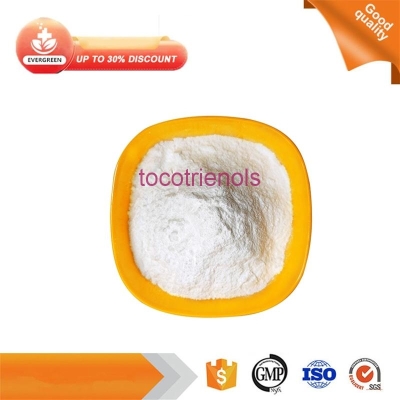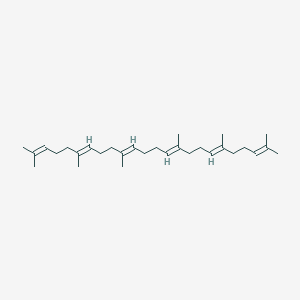Chinese and foreign researchers found dehydrogenation Corydalis alkaloid, an analgesic component of Corydalis yanhusuo
-
Last Update: 2020-04-03
-
Source: Internet
-
Author: User
Search more information of high quality chemicals, good prices and reliable suppliers, visit
www.echemi.com
Olivier civelli of the University of California, Irvine, said: "our research has found a new natural product that can reduce pain In animal experiments, it has been proved that this analgesic effect can fight against three kinds of human suffering pain, including acute pain, inflammatory pain and neuropathic (chronic) pain " The findings, produced by civelli and Xinmiao liang of Dalian Institute of Chemical Physics, Chinese Academy of Sciences, are part of the herbaome project "Materia medica group plan" is a grand idea put forward by experts and scholars from China, Hong Kong, Macao and other regions at the 103rd Oriental Science and Technology Forum held in 2008 The goal of this plan is to extract about 5000 kinds of commonly used traditional Chinese medicine prescriptions on the whole, decompose these prescriptions into a series of effective component groups by means of modern efficient separation technology, and thoroughly find out the pharmacology of these prescriptions The New Research Institute focuses on Corydalis, a kind of herbaceous plant mainly produced in the Middle East of China It is mainly used to treat headache, pain in the heart, abdomen, waist and knees, irregular menstruation, dysmenorrhea, collapse, postpartum blood stasis, endless lochia and bruise It has analgesic, sedative and hypnotic effects The researchers went to Corydalis to find compounds that might work in a similar way to morphine "We focused on dhcb, but soon found that it works not through the morphine receptor but through other receptors, especially a dopamine binding receptor," explains civelli The findings add early evidence to confirm the role of dopamine D2 receptor in pain Although Corydalis extract or isolated dhcb can fight against all types of pain, they are especially promising for those who suffer from persistent, low levels of chronic pain Dhcb will not lose efficacy over time as traditional opioids do "We have good acute pain relievers: codeine or morphine, for example We have painkillers that fight inflammatory pain, such as aspirin or paracetamol But we don't have good drugs for chronic pain Dhcb may not be able to relieve severe chronic pain, but may be allowed to treat low levels of chronic pain " Although various types of Corydalis preparations can now be purchased online, civelli and Liang Xinmiao said dhcb is not ready Further testing of toxicity is needed before doctors consider treating patients as prescriptions Corydalis yanhusuo W T Wang ex Z y su et c y Wu, a perennial herb of Papaveraceae and Corydalis, also known as yanhusuo, Xuanhusuo, yuanhusuo and Yuanhu Traditional Chinese medicine Mainly produced in Zhejiang and Jiangsu Its tuber (Xiatianwu) contains many kinds of alkaloids, such as Violine and protoopicine, which are made into powder or vinegar liquid extract It is mainly used to treat the pain of the heart, abdomen, waist and knees, irregular menstruation, symptoms, collapse, postpartum blood stasis, endless lochia and bruise It has analgesic, sedative and hypnotic effects Height: 9-20cm Tuber globose Petals purplish red; capsule cylindrical, tapering at both ends It blooms in summer Among the same genus plants, there are several kinds of yanhusuo used as medicine in different areas: yanhusuo with tooth petal, which is produced in Northeast and North China; yanhusuo with whole leaf, which is produced in Northeast, North and East China; yanhusuo with northeast, which is produced in Northeast; yanhusuo with Viola leaf, which is produced in Northeast and Hebei; yanhusuo with gray leaf, which is produced in new Xinjiang
This article is an English version of an article which is originally in the Chinese language on echemi.com and is provided for information purposes only.
This website makes no representation or warranty of any kind, either expressed or implied, as to the accuracy, completeness ownership or reliability of
the article or any translations thereof. If you have any concerns or complaints relating to the article, please send an email, providing a detailed
description of the concern or complaint, to
service@echemi.com. A staff member will contact you within 5 working days. Once verified, infringing content
will be removed immediately.







